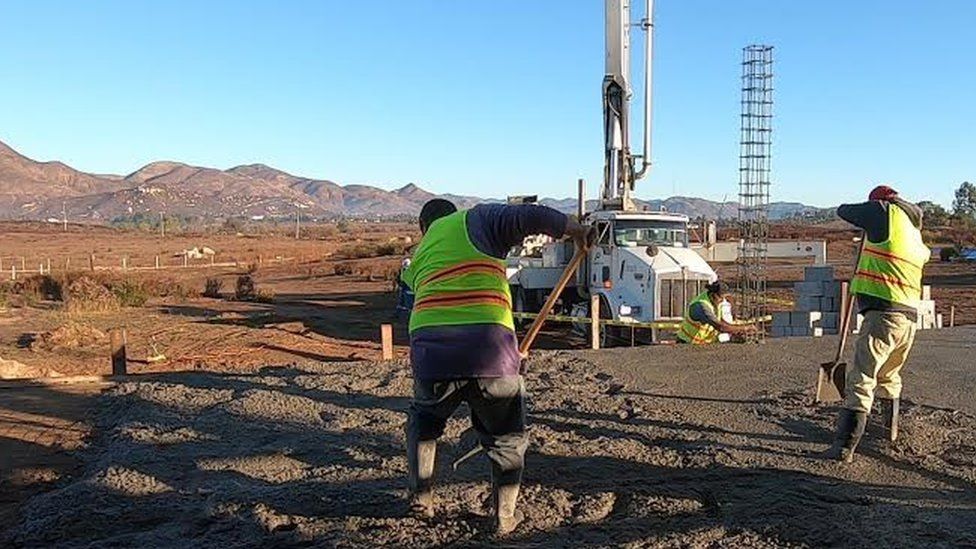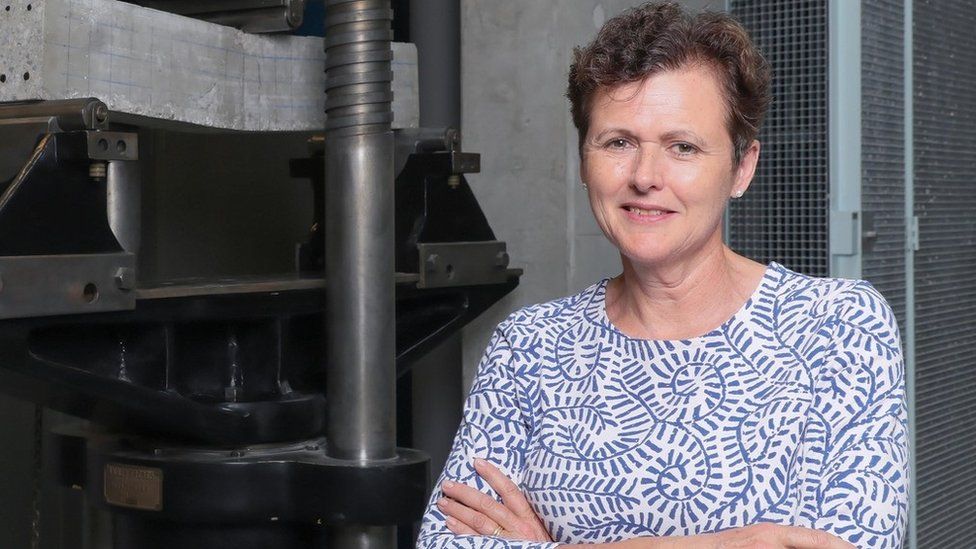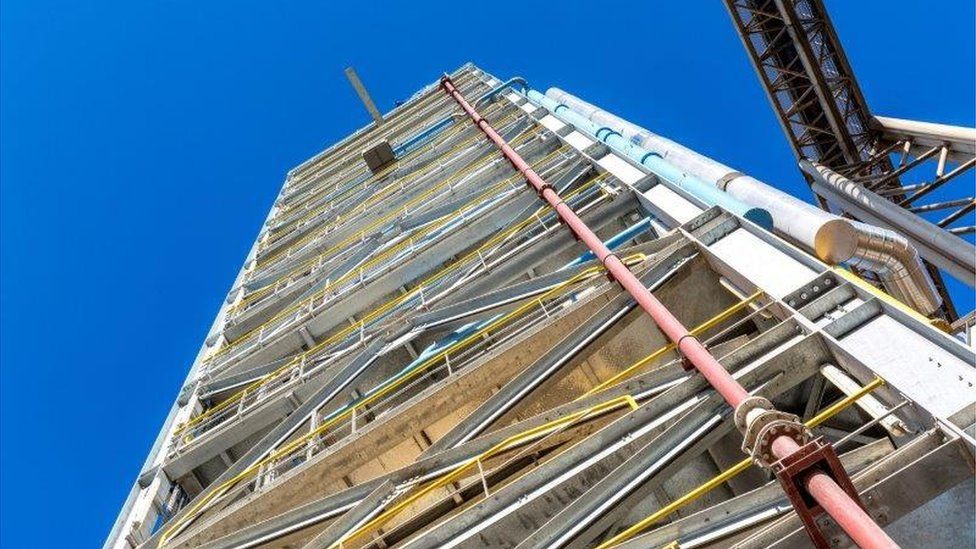
Cement, the binding agent in concrete, is the world’s most widely utilized construction material and may soon be used as cement energy storage. However, emerging research reveals its overlooked potential to serve as a cement energy storage medium in two completely different ways: solid thermal batteries and supercapacitors (when combined with carbon).
Cement Blocks as Thermal Batteries
According to an article in the Journal of Composites Science, scientists have developed a method to produce cement-based blocks that effectively function as thermal batteries. Their technique infuses cement blocks with the ability to soak up renewable electricity when manufactured and then discharge it later on demand as usable heat.
The researchers use chemical alterations during the concrete mixing process to integrate phase change materials into the cement binder matrix. These phase-change materials have the ability to store and release thermal energy.
The resulting cement energy storage blocks contain phase change materials that can absorb electricity when it is most abundant and inexpensive from the grid or renewable sources. The charged blocks can then act as solid thermal batteries, releasing their stored energy as heat when needed for space and water heating systems.
In initial tests, the team achieved energy densities comparable to lithium-ion batteries in their cement energy storage-based blocks. This stored energy is emitted as gentle heat when water is added, with adjustable discharge rates. The blocks can offer long-duration energy storage across daily cycles or entire seasons.
By incorporating waste materials like plastic ash during production, the researchers achieved lower costs than conventional concrete blocks or batteries. Additional waste heat captured during block fabrication can provide self-generated power.
The creators say that scale adoption of such cement energy storage thermal batteries could provide renewable energy storage for buildings while lowering grid demand peaks. The cement blocks offer an alternative to mining metals like lithium, cobalt, and nickel, which are finite and environmentally destructive to extract.
This novel approach redirects one of cement’s existing useful properties – its high thermal mass – towards storing renewable energy rather than fossil fuels traditionally used for heat in cement kilns. It points to one-way cement could aid sustainable energy transitions through material innovation.
Conductive Cement-Carbon Composites
Researchers at MIT have also demonstrated cement energy storage’s potential as an energy storage medium by transforming it into a highly efficient supercapacitor. Their method infuses cement with carbon-based additives to create cement-derived composites with enhanced conductive properties.
The MIT team found that the resulting material attained supercapacitor-like behaviors by mixing cement with inexpensive carbon black additives. This was due to carbon black creating a conductive surface area network throughout the composite.
With just 3% carbon black content by volume, cement’s conductivity spiked to levels comparable to powerful supercapacitors. The team states that a cement block around 45 cubic meters in size could potentially store up to 10 kilowatt-hours of energy – equal to an average home’s daily usage.
While still experimental, the researchers say these carbon-infused cement energy storage composites could enable integrated energy storage in concrete structures. Walls, foundations, or roadways made with such cement mixtures might capture solar, wind, or waste energy onsite for later usage.
The carbon provides the charge-storing capacity, while ubiquitous cement allows for scalable, inexpensive production since these composites do not rely on scarce materials like lithium or cobalt. Combined, they offer unique advantages as sustainable energy storage solutions.
Conclusion
Together, these two emerging techniques demonstrate that one of the planet’s most abundant building materials – cement – can potentially provide flexible, large-scale energy storage as demands grow.
While still in the early stages, both research trajectories showcase cement’s latent abilities to store energy through novel manufacturing processes and composite ingredients. With further advancement, cement energy storaget-based batteries and supercapacitors may offer new tools for enabling greater renewable energy integration across infrastructure. The present global ubiquity of concrete construction means cement-derived energy storage could be rapidly deployable once perfected. Unlocking the hidden attributes of cement through materials science and engineering may yield key innovations to support grids in an electrified, renewable future.
Source Happy Eco News












